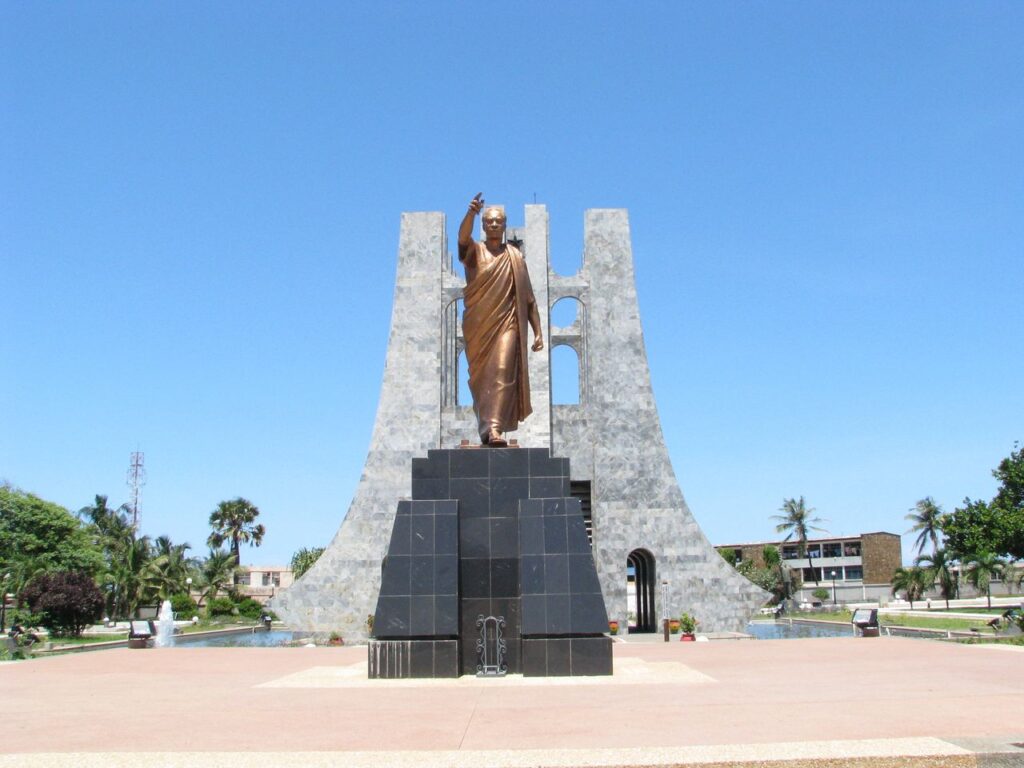
Kwame Nkrumah Mausoleum & Memorial Park – Accra, Ghana
The Kwame Nkrumah Mausoleum & Memorial Park is dedicated to Ghana’s first president, Dr. Kwame Nkrumah, the leader who spearheaded the country’s independence in 1957. Located in central Accra, the park is both a museum and a final resting place, featuring the mausoleum where Nkrumah and his wife, Fathia Nkrumah, are buried. It is one of Ghana’s most iconic heritage sites and a place of history, learning, and reflection.
Quick Facts
Location: High Street, Accra, Ghana.
Opened: 1992
Significance: Final resting place of Dr. Kwame Nkrumah and his wife, Fathia.
Attractions: Mausoleum, museum, bronze statues, fountains, and gardens.
Best For: History lovers, students, tourists, and heritage seekers.
Best Time to Visit: Year-round; mornings and late afternoons are cooler.
Highlights & Things To Do
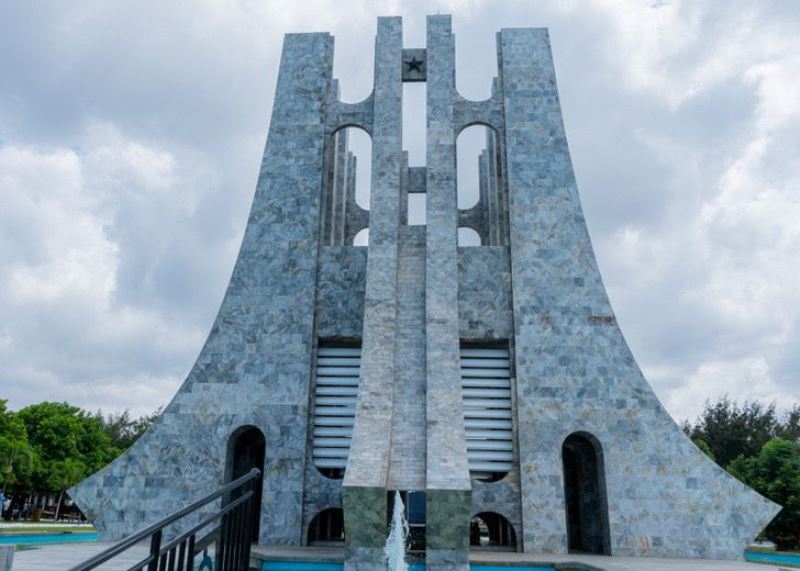
Kwame Nkrumah Mausoleum
A striking marble structure surrounded by water fountains, symbolizing life and immortality. The interior holds Nkrumah’s tomb.
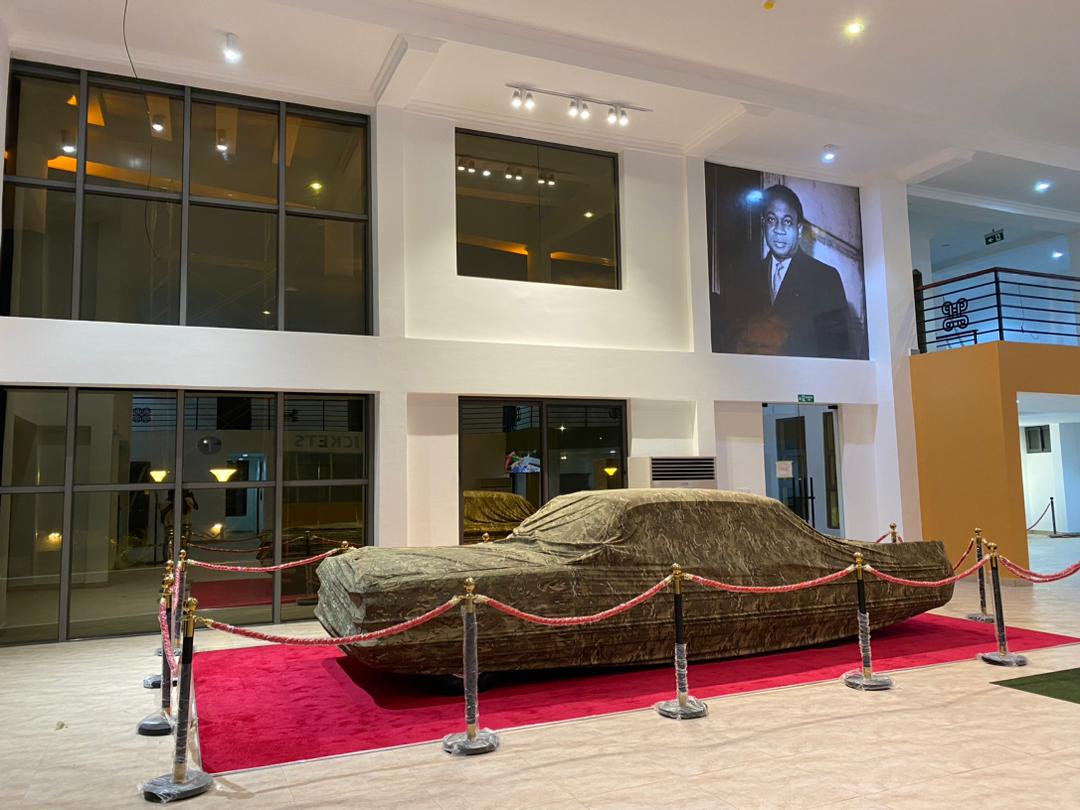
Museum Exhibits
Explore personal belongings, photographs, and gifts Nkrumah received from world leaders during his presidency.
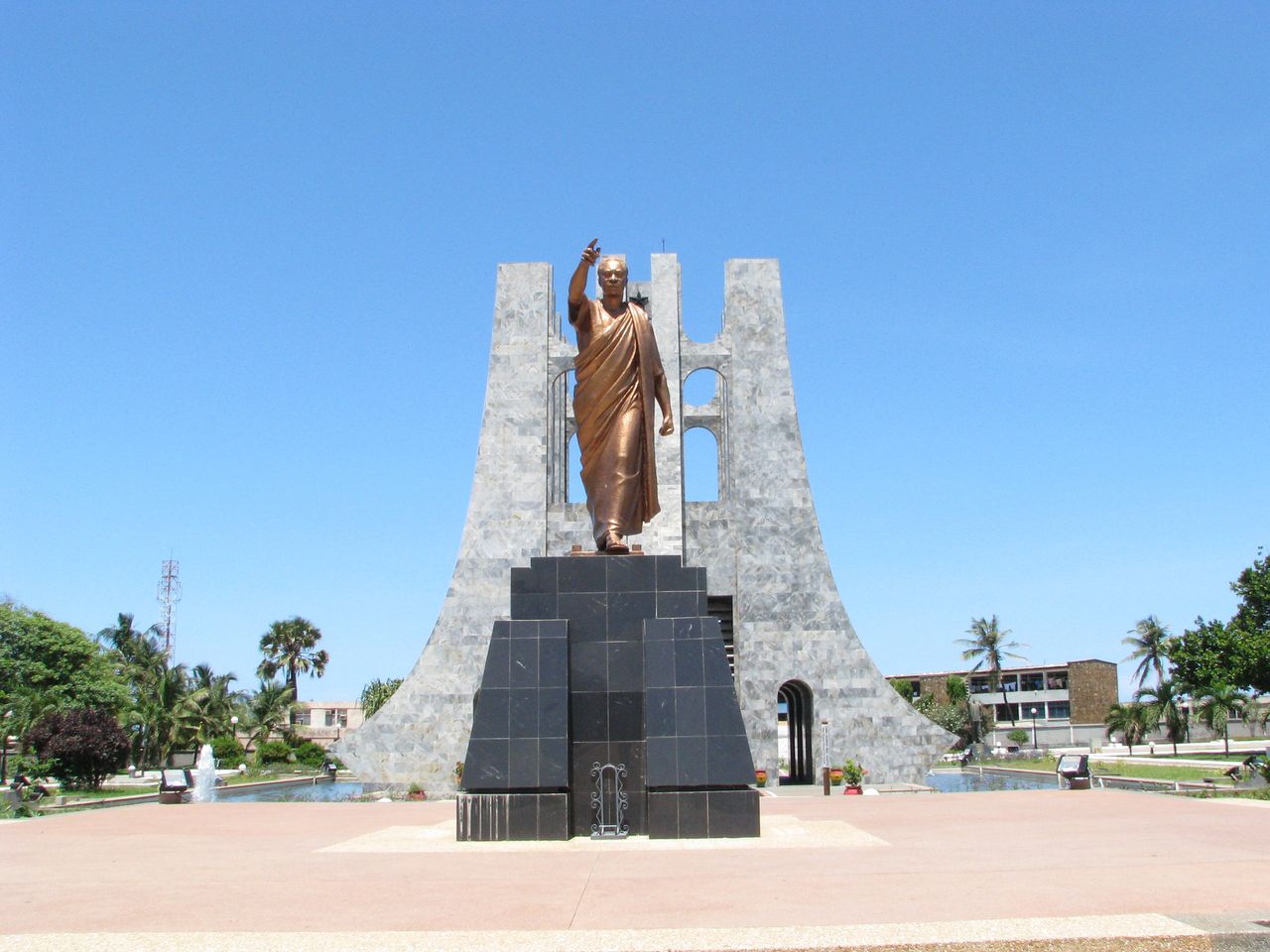
Statues & Monuments
View the bronze statue of Nkrumah pointing forward, symbolizing leadership. Other statues depict traditional Ghanaian drummers and dancers.
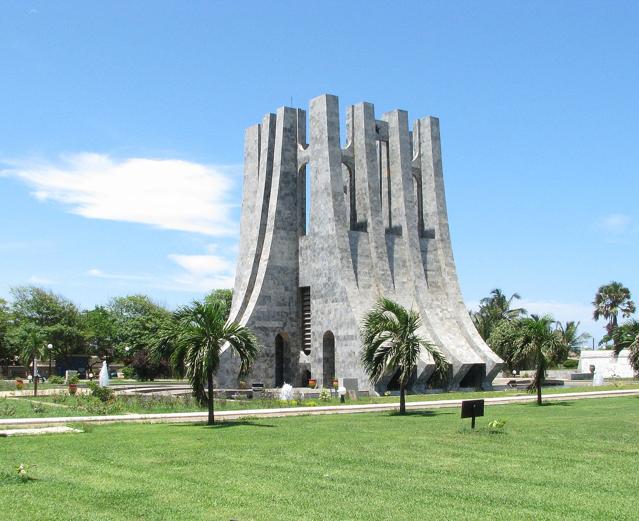
Reflection Gardens
Stroll through the well-kept gardens with fountains, peacocks, and shade trees.
Hours, Contact & Essentials
Opening Hours: Daily, 9:00 AM – 5:00 PM.
Entry Fees: Ghanaians, ECOWAS citizens, and foreigners pay different rates (students receive discounts).
Contact: Ghana Museums & Monuments Board, Accra office.
Tour Duration: 1–2 hours.
Getting There
From Kotoka International Airport: ~20–25 minutes by car.
From Black Star Square: 5 minutes by car, or 15 minutes’ walk.
By Public Transport: Easily accessible by taxi, Uber/Bolt, or trotro into central Accra.
Travel Tips
Visit in the morning for cooler weather and smaller crowds.
Bring a camera — the architecture and gardens are highly photogenic.
Hire a guide on-site for deeper historical context.
Carry water; it can get hot in Accra’s afternoons.
Respect the site, as it is also a burial ground.
Nearby Attractions
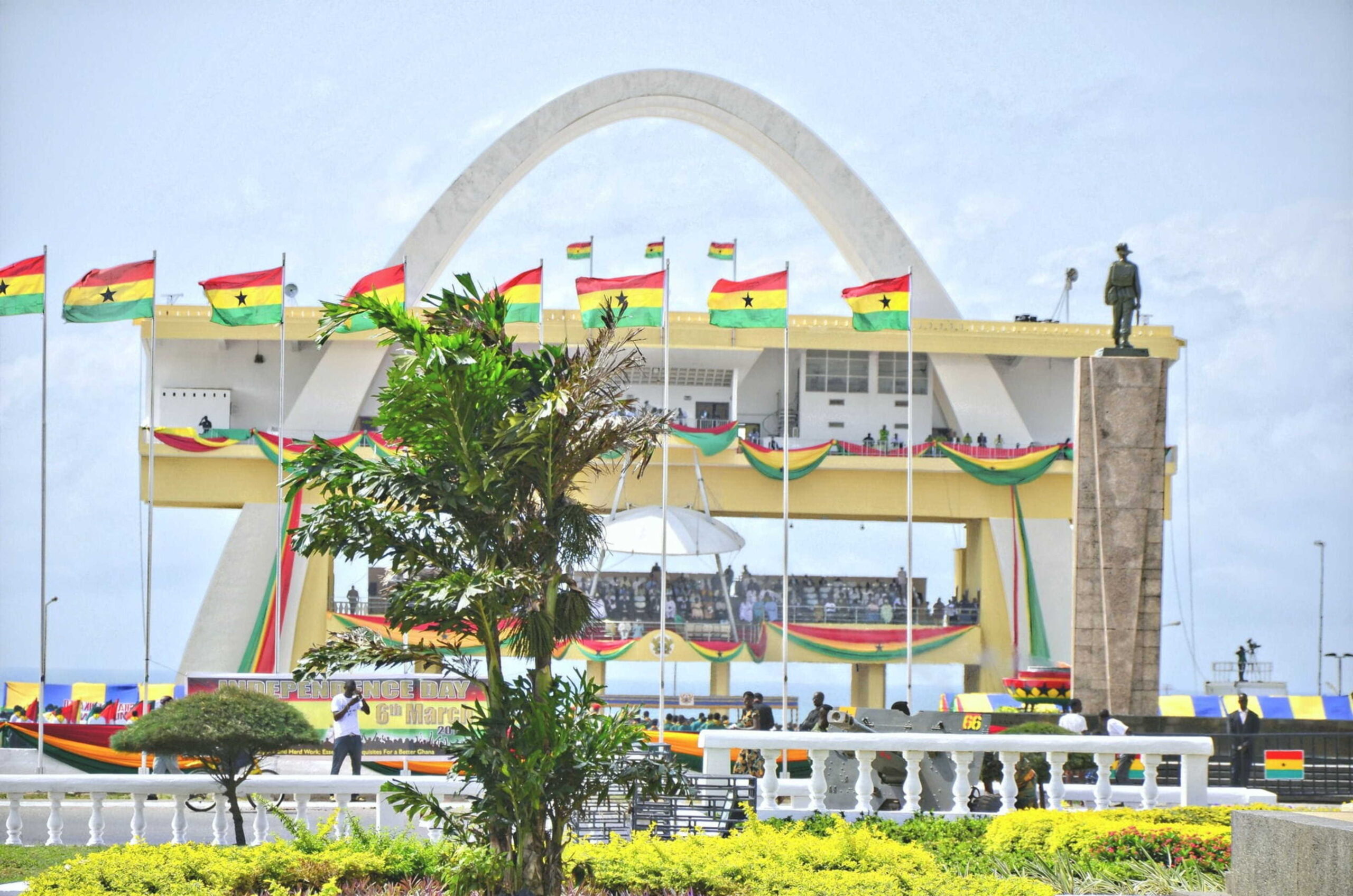
Independence Arch & Black Star Square
National monument, 5 minutes away.
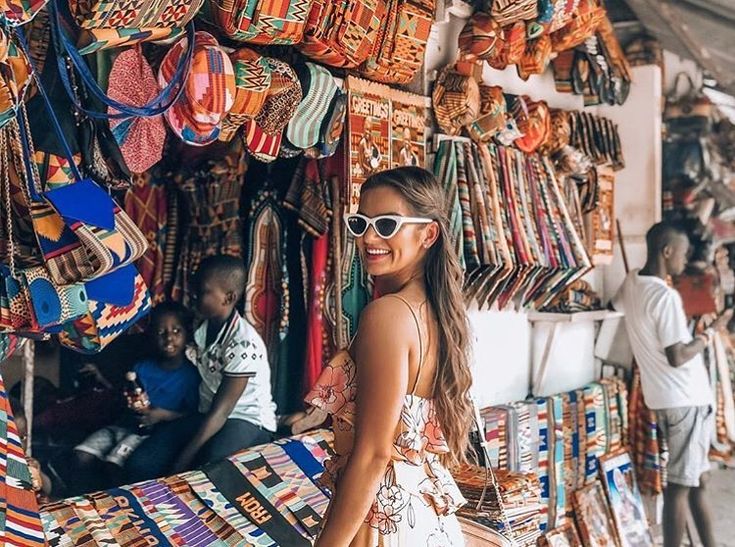
Makola Market
Bustling central market, ~10 minutes away.
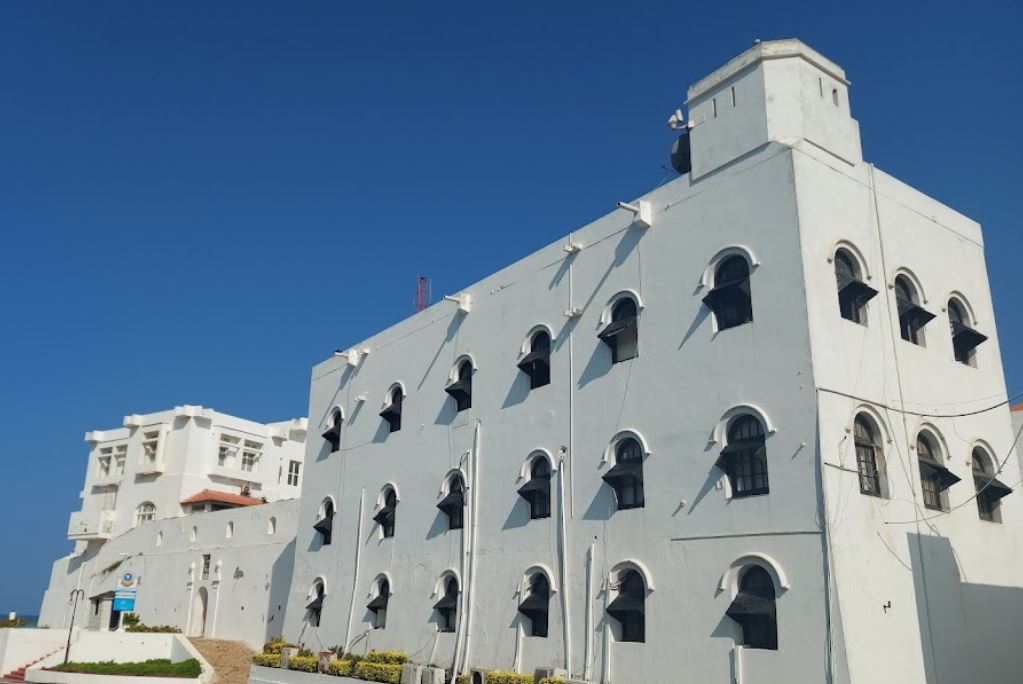
Osu Castle (Christiansborg Castle)
Coastal colonial castle, ~15 minutes away.

National Museum of Ghana
Historic museum, ~10 minutes away.
Nearby Hotels
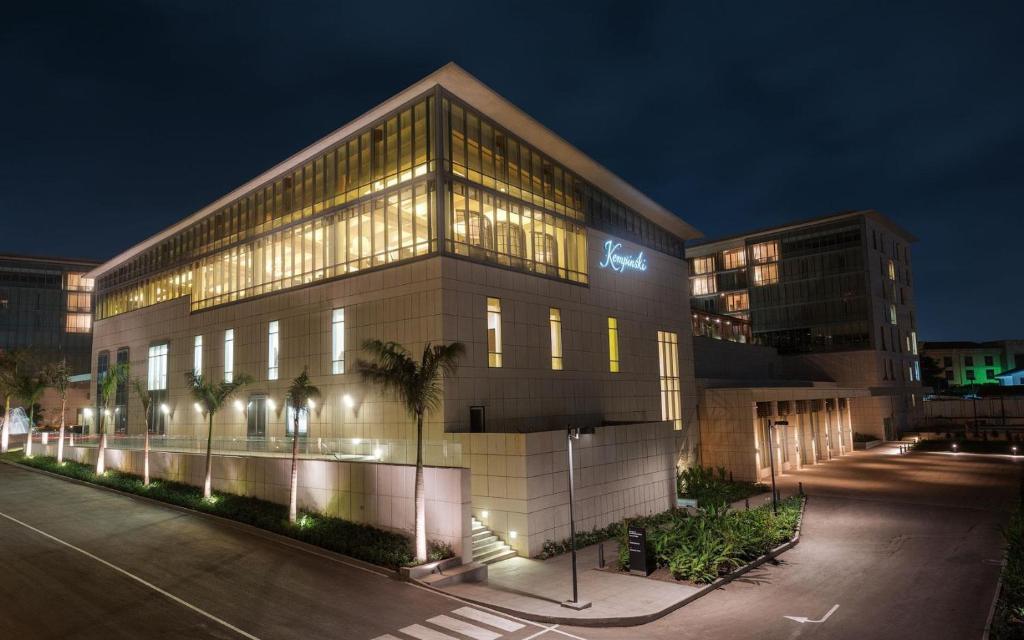
Kempinski Hotel Gold Coast City – Accra
(luxury, spa, pool).
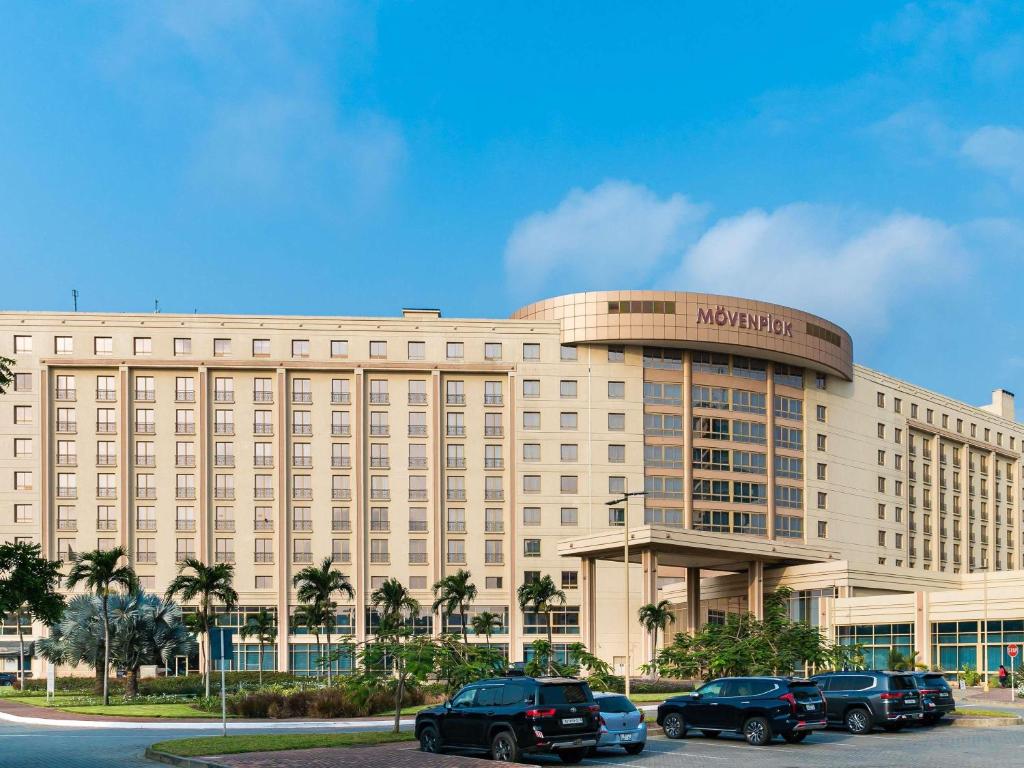
Mövenpick Ambassador Hotel – Accra
(luxury, near business district).
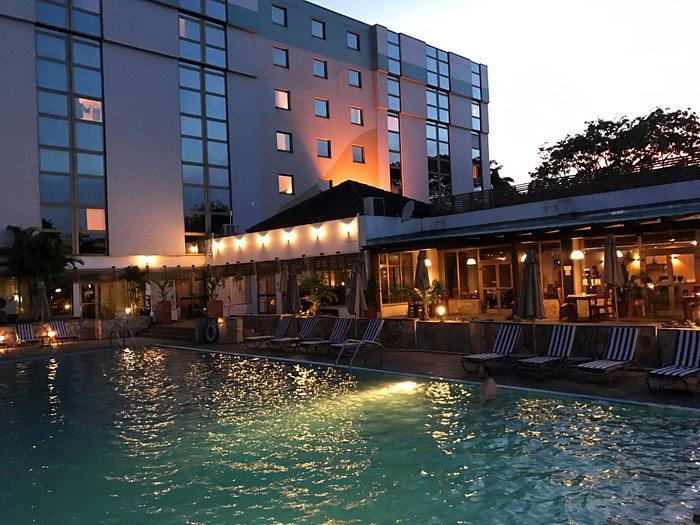
Accra City Hotel – Accra
(modern, mid-range).
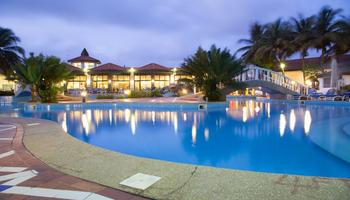
La Palm Royal Beach Hotel – Accra
(family-friendly, ocean views).
Frequently Asked Questions – Kwame Nkrumah Mausoleum & Memorial Park
Who is buried at the Kwame Nkrumah Mausoleum?
It is the final resting place of Dr. Kwame Nkrumah, Ghana’s first president, and his wife, Fathia Nkrumah.
When was the Mausoleum built?
The Mausoleum and Memorial Park were opened in 1992 to mark the 40th anniversary of Ghana’s independence.
What can I see at the site?
Visitors can explore the mausoleum, museum exhibits of Nkrumah’s personal items, bronze statues, reflection gardens, and water fountains.
Is there an entry fee?
Yes, entry fees apply. Rates vary for Ghanaians, ECOWAS citizens, foreigners, and students. Fees may change, so confirm locally.
How long does a visit take?
A typical visit lasts 1–2 hours, depending on whether you take a guided tour and spend time in the gardens.
Can I take photos?
Yes, photography is allowed, and the park is very photogenic. Be respectful around the mausoleum itself.
Is the site child-friendly?
Yes, children are welcome. They may enjoy the fountains and gardens, while adults provide context about Ghana’s history.
Where is the Mausoleum located?
It is located on High Street in central Accra, close to Independence Arch, Black Star Square, and the Arts Centre.
What are the opening hours?
The park is generally open daily from 9:00 AM to 5:00 PM.
Are guided tours available?
Yes, guides are available on-site to provide in-depth history about Nkrumah’s life and Ghana’s independence movement.




